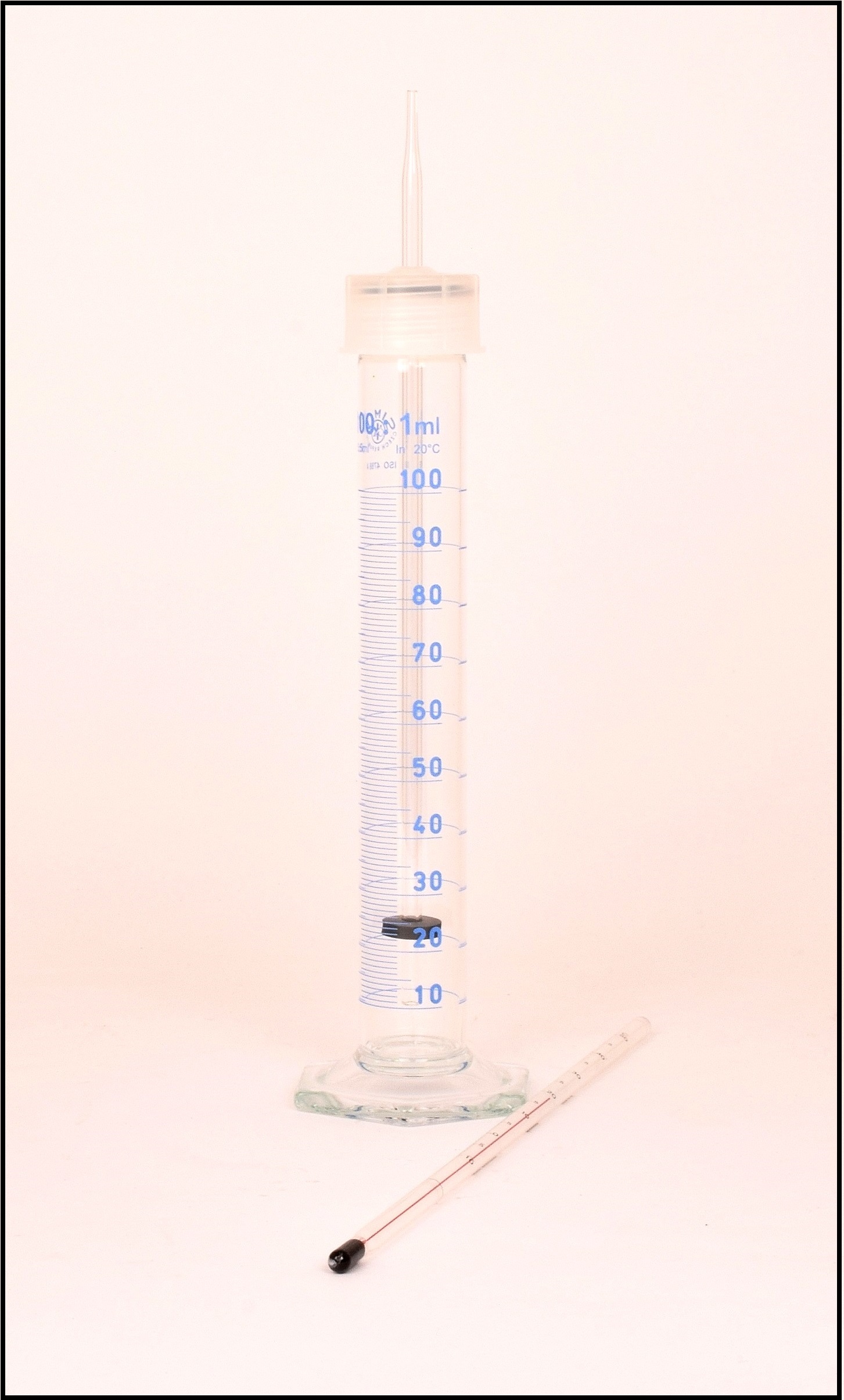Tip: Measuring dissolved CO2 in the winery
The level of dissolved carbon dioxide in a wine can greatly effect the taste of the wine, too little and the wine can seem flat and flabby and too much can cause a wine to taste harsh and tannic. Measuring carbon dioxide in the winery can be done a number of ways but the quickest and easiest of these is to use a carbodoseur. The carbodoseur provides fast and easy analysis of dissolved carbon dioxide in wine samples and is able to be used by staff with limited technical training by following the steps below;
- Hold the measuring cylinder at an angle and slowly fill it with wine of a known temperature (between 0-20°C) to the 100mL mark.
- Put the cap on the cylinder and screw it firmly shut.
- Hold the cylinder by the cap and cover the end of the tube with a thumb or finger.
- Shake briskly
- Remove thumb or finger from the end of the tube while holding the cylinder in a vertical or slightly oblique position and allow the wine (not gas) to escape
- Block the hole and shake again and repeat the process until the wine no longer escapes from the cylinder.
- Unscrew the cap and remove the tube. Allow the foam to settle and read the volume of the remaining wine on the cylinder.
- The supplied table can then be used to read the dissolved carbon dioxide level in the wine sample in g/L.




